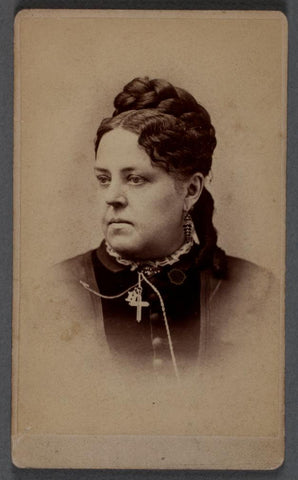Your Cart is Empty
Gift Better Sale: 30% Off Sitewide | Always Free Shipping

Valentine cards are a staple of February 14th. Whether you dreaded being the only kid without a valentine card in third grade or purchased an ironic valentine for your best friend, you can thank a hard-working entrepreneur who turned an idea into an industry: Esther Howland.

The daughter of a book and stationery store owner, Howland was born and raised in Worcester, MA. After graduating from Mt. Holyoke Female Seminary in 1847, she received an English valentine from one of the store's vendors. English valentines were elaborately adorned with hearts and multiple layers of lace and decoration, making them more intricate and flashy than the valentine cards used in the US at the time. Howland may not have been won over by the vendor, but she was certainly inspired by the intricate British designs.
Working with stationary supplies from her own store, Howland quickly created several prototype cards. To test whether Americans would buy them she asked her brother to take the prototypes on sales calls. She expected to receive roughly $200 in orders, but when her brother later returned with $5,000 she knew she was on to something. This one-woman craft quickly expanded into a business and Howland employed a growing number of women to make valentine cards, reaching peak sales of $100,000.

In 1879, Howland merged her company with Edward Taft, another valentine maker, and they created the aptly-named New England Valentine Co. Two years later, in 1881, she decided to sell the company to a competing stationer in Worcester in order to have time to take care of her ailing father.
Not only did Howland jump start an American industry, she was among the first commercially successful women to oversee an all-female business. In fact, she created the assembly line concept well before Henry Ford, and liberally paid the women who worked for her. She insisted on making valentines the right way, using well-paid labor and great attention to detail, resulting in cards of the utmost quality.